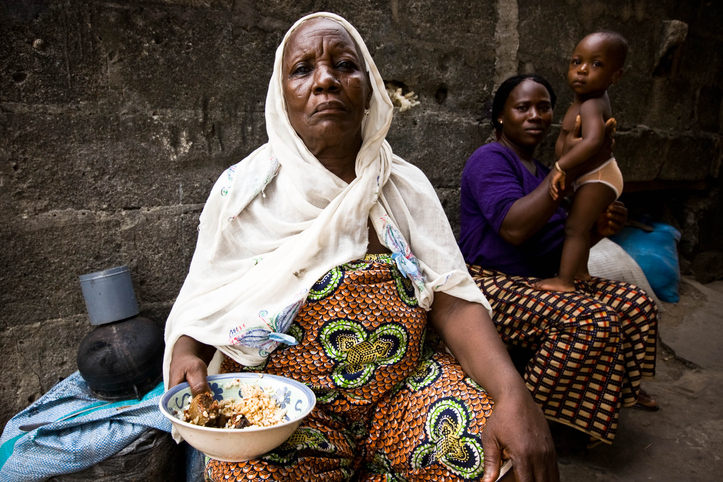Policies to reduce inequality in developing countries rely on accurate measures of the distribution of income and wealth at both the national and sub-national levels. This column argues that more needs to be done to make inequality studies more comprehensive. Specifically, many studies that focus on measurement of income and asset inequality would be improved by using a diverse set of indices rather than a single index. Other potential improvements would be pegging recommendations for policy interventions to an examination of the determinants of inequality, and applying a trend analysis of inequality rather than a snapshot study.
As a contribution to informing social policy, there has been increasing interest in measuring and examining various forms of inequality at the global, regional, and national levels. On inequality measurement in particular, some studies of the evolution of income (or wealth) inequality focus on a single measure such as the Gini index notwithstanding its potential limitations.
Although studies using the Gini index are quite informative, the indicator does not distinguish dissimilar kinds of inequality. As an example, diverse patterns of income distribution may result in similar Gini coefficient values. This limitation can be lessened by using other indices for measuring inequality such as the Atkinson index and the generalized entropy (GE) indices.
A single measure of inequality is also inadequate for capturing different trends in inequality at the bottom, middle, and top parts of income distribution. While inequality trends may vary at different parts of income distribution, some indices are more responsive to changes in, say, the middle (the Gini) part of the income distribution. It is thus prudent to complement the Gini index with other measures such as the Atkinson index in a comprehensive trend analysis of inequality.
Even in cases where inequality is measured using diverse indices, care should be taken to examine the factors driving disparity to avoid inaccurate recommendations.
For example, there are studies indicating that reducing rural-urban inequality would be an effective intervention for reducing overall inequality. But such a recommendation may be misleading if it is not based on a study of the drivers of inequality. If, say, decomposition of urban and rural inequality suggests that most of the inequality can be attributed to inequality within urban areas and within rural areas, then reducing inequality in rural areas compared with urban areas would have no effect on overall inequality.
The other major weakness of inequality studies is a focus on the evolution of total inequality without supplementing it with the dynamics of subnational or regional forms of inequality. This again is undesirable since numerous studies show that there is usually no correspondence in the changes in inequality over time at subnational levels and between urban and rural regions. This is complicated further by the possibility of distinct economic sectors within rural areas, such as between smallholders and other rural families.
The key point here is that the evolution of inequality is expected to vary by locality, and analyses of total inequality ought to be firmed up by careful analyses of inequality at the subnational level, including rural versus urban inequality. This suggests that different localities within the same country may require diverse interventions to stem inequality.
The need to employ diverse measures of inequality and to analyze its determinants carefully should be a sine qua non for studies that intend to provide effective evidence-based prescriptions for redistributive social policy.






